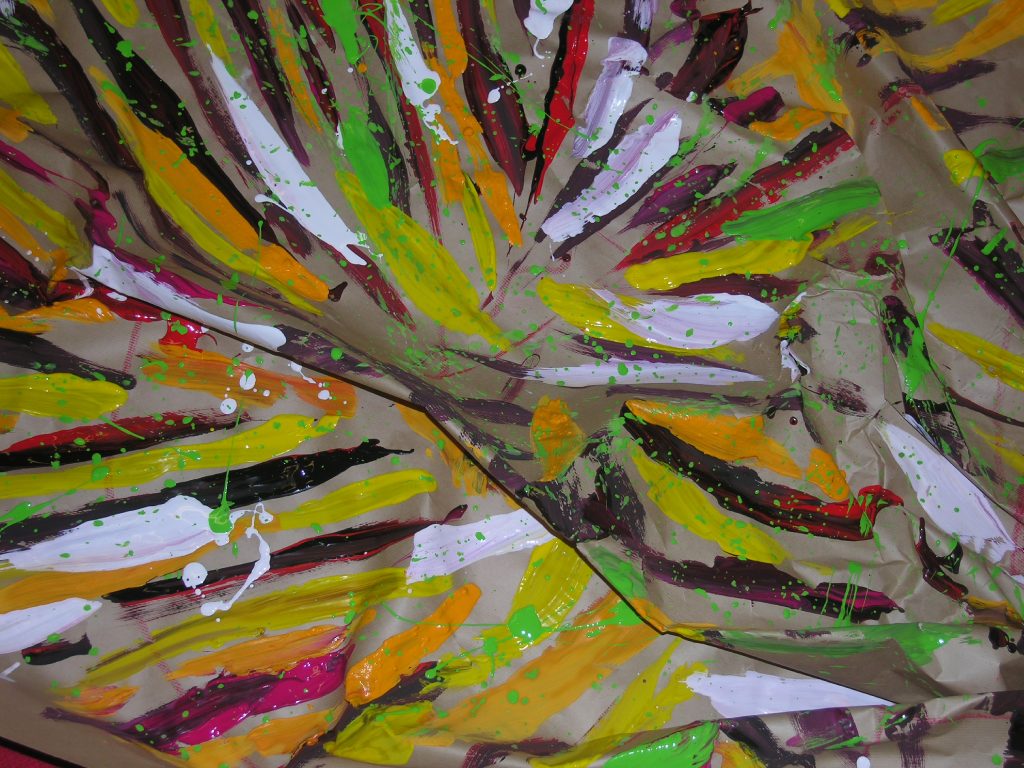
The man is an inseparable whole. Through the integration of the body, taking into account the psyche associated with a dynamic of opening consciousness in a perspective spiritual, Man is One. This tripartite vision of the human being constituted by : the body-CO-, blade-AM-, the mind-IS- is essential to be part of our path of growing up being, for the man “coames” .
Le corps n’est pas le tombeau de l’âme comme le pensait Platon, but the musical instrument inspired by the Spirit. In our approach, être spirituel ce n’est pas échapper au corps mais s’ouvrir dans son corps à l’action de l’Esprit. Le corps traduit, d’une manière palpable et physique ce qui est autre, what is metaphysical, ce qui est impalpable et invisible . Le corps nous met en contact avec la réalité et nous permet un premier déchiffrage de l’univers qui nous entoure. By him, we can see, hear, to touch, to feel, to taste. Par nos sens nous accueillons des informations tangibles, informations qui peuvent nous faire accéder à des plans subtils .
Jews have a unitive approach to being human. Ils le considèrent comme un tout : la chair (bassar) pénétrée par le souffle (néfesh) où la chair est moins la chair-viande que l’Homme tout entier dans sa dimension cosmique et la “néfesh” la vitalité de la chair, what sets it in motion. Over there, la chair ne se saisit jamais séparée du souffle. La chair sans le souffle n’est plus chair mais cadavre .
The Bible also introduces the notion of“Ruah” who qualifies the Spirit of God, the life-giving breath. This “Ruah” urges the unfinished creature that we are to be part of a dynamic of accomplishment, to grow up to be. The “Ruah” allows to establish the coherence of the two constituent parts of man, “bassar” and“néfesh” . She energizes them .
Les Grecs ont perçu que la distinction entre l’esprit et l’âme s’avère essentielle. Platon pensait qu’en son intériorité l’âme prend conscience d’un quelque chose d’autre, elle est au-delà des considératins bassement matérielles, of his aspiration to transcendence . Cette dimension de l’âme, he called her “noûs”. The “noûs” est apparenté à un organe de vision. It is the possibility, au sein de la psyché de poser un regard sur les éléments de la psyché .
Also called upper part of the core or fine point of blade, the“noûs” identifies himself with a deep heart as a capacity for silence, of conscience and determination. The capacity for inner silence or “hésychia” is experienced in the meditation and prayer, it characterizes a stable state of being. The capacity of conscience, of expression and speech allows humans to become aware of his inner movements and to be able to name them such as the moods, the emotions, feelings, passions. The ability to make decisions and determination is this freedom that man possesses to register and remain in an inner dynamism without being distracted by solicitations from the world or to let oneself be diverted by parasitic thoughts .
It was then that the Spirit, the “Pneuma”, Greek term meaning the Breath coming from God comes to energize the being. Il éclaire toute chose. Nous sommes alors des êtres en devenir d’être réellement des êtres vivants . It's up to us not to miss the target, not to close us, to reconfigure ourselves according to our own personal identity, d’accéder à notre propre désir, à notre propre manière d’être car la parole de chacun d’entre nous est essentielle pour l’ensemble .
It is through this approach ofthe man “coames” that we can progress towards inner reconciliation, foundation of all relational life appeased .
174
